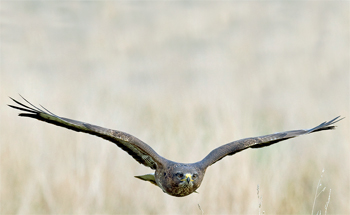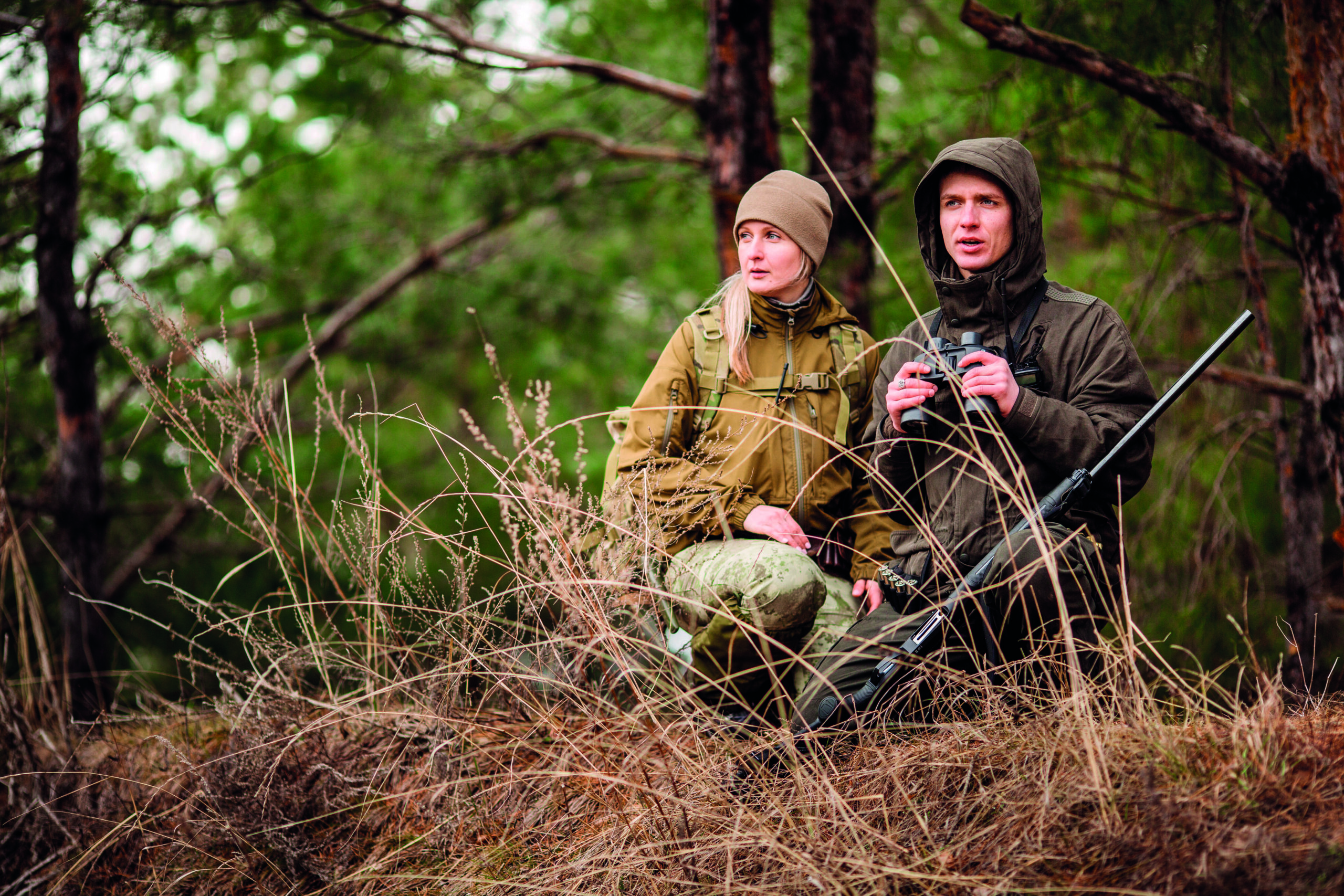Game keepers could adopt new tactics over birds of prey

The publication of the reports, one by the Game & Wildlife Conservation Trust (GWCT) and the other by the RSPB, in the Journal of Applied Ecology, has once again brought the potential conflicts of interests between hen harrier conservation and grouse moor management to the fore.
The GWCT study, entitled Hen harriers and red grouse: economic aspects of red grouse shooting and the implications for moorland conservation, published on 24 August, tested the suggestion that grouse estates should accept lower bag sizes, which would help to eradicate the conflicting elements in the management of the two species.
The GWCT?s scientists concluded that allowing high density grouse moors to decline to low density ones could lead to the complete collapse of grouse shooting in England and parts of Scotland and could put heather habitat and waders at risk.
However, the GWCT said one way of resolving the conflict could be to introduce diversionary feeding of harriers to reduce their predation on grouse chicks.
This is being tested at the Langholm Moor Demonstration Project (LMDP) in Dumfriesshire, but results are not yet conclusive.
Another suggestion is to explore the use of a ?ceiling? on harrier densities.
In a separate report by the RSPB, entitled Resolving the conflict between driven-grouse shooting and conservation of hen harriers, published on 20 August, the bird charity has questioned whether a sporting activity that relies on protected birds of prey being disturbed and killed is a sustainable land use.
Lead author, Dr Pat Thompson, the RSPB?s uplands conservation officer said: ?We understand that many people involved in shooting are as appalled by [hen harrier persecution] as we are. The next step is for grouse moor managers to adopt techniques such as diversionary feeding more widely and demonstrate that driven grouse moor management is compatible with bird of prey conservation. If this turns out to be impossible, it may be time to consider other approaches to managing our uplands.?
Other suggested techniques include allowing golden eagles to settle and breed in the vicinity of grouse moors, where their presence may deter hen harriers from settling, as well as trialling a brood management scheme.
Such a scheme would require grouse moor managers to allow harriers to breed freely.
But if the number of harrier nests exceeded an agreed threshold, additional broods would be taken off the moor, reared in captivity and released back on the moor at the end of the shooting season.
According to the RSPB, this would avoid high levels of predation on grouse during the key period for shooting.
Dr Adam Smith, one of the co-authors of the GWCT study and the trust?s Scottish policy officer, criticised the RSPB for having unrealistic expectations of grouse keepers.
He said the shooting community is awaiting the scientific results of the LMDP: ?We are very concerned that some recent studies appear to be promoting single species management over a holistic approach to moorland management. Ultimately, if we lose our grouse shooting our study unequivocally shows that in the long run we could stand to lose many other important ground-nesting bird species and much precious moorland habitat in the process.?
Responding to the two reports, the National Gamekeepers? Organisation?s (NGO) Lindsay Waddell, who is headkeeper on Raby estate in County Durham, said these reports were a little premature.
?The NGO is determined to find a solution to this problem. However, we see little point in undertaking anything until we see the results of the current Langholm Moor study, which should give all moorland managers a better steer as to how this is tackled and give some security to the many moorland birds that rely on grouse moor management. Given that eagles and harriers already co-exist in many areas, we view that aspect of the RSPB?s suggestions with some scepticism.?








